Choosing the right metal stamping materials for your products can be a daunting task, especially with the myriad of options available. In this guide, we will walk you through the critical factors you need to consider, helping you make an informed decision.
When choosing metal stamping materials for your products, consider factors like application, cost, bend rating, finishing options, tensile strength, weldability, machinability, ductility, and formability.
Continue reading as we delve deeper into each factor, providing you with comprehensive insights and tips to select the best material for your project.
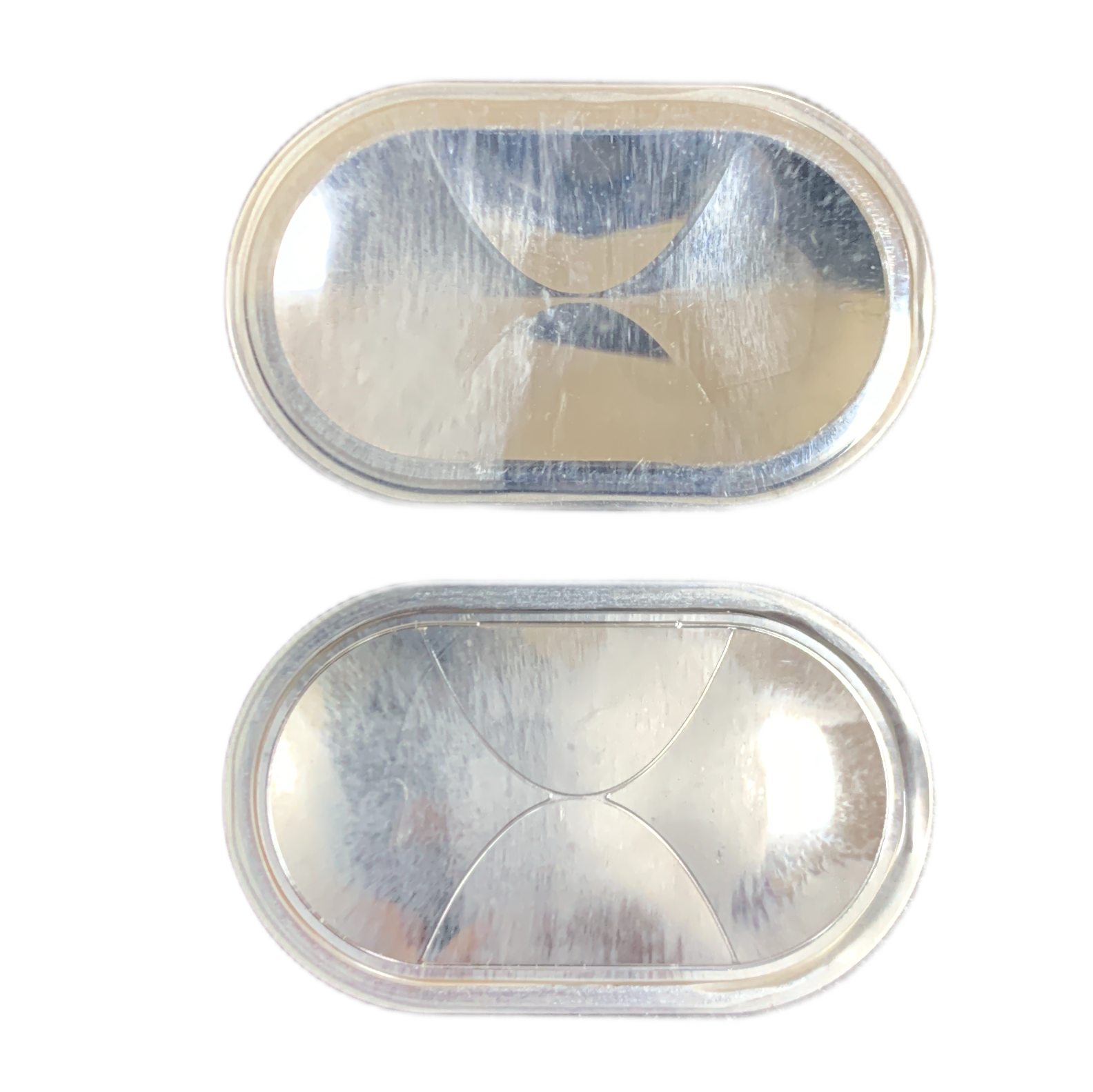
Understanding the Application
When embarking on a project that involves metal stamping, the first and foremost consideration should be understanding the specific application of the material. This step is crucial as it lays the foundation for the selection process. Different projects demand different material properties, and having a clear understanding of the application can significantly narrow down the options, saving time and resources.
Identifying the Requirements
Before you dive into selecting materials, it’s essential to identify the requirements of your product. Consider factors such as the environment where the product will be used, the stresses it will be subjected to, and the expected lifespan of the product. These factors will guide you in choosing materials with the right properties.
Material Properties and Their Implications
Understanding the properties of different materials and how they relate to your product’s application is vital. For instance, if your product is expected to bear heavy loads, materials with high tensile strength might be preferred. Similarly, if corrosion resistance is a priority, materials with excellent resistance to environmental elements would be the choice.

Evaluating the Cost
In any project, cost invariably plays a significant role in determining the materials you can opt for. It’s not just about finding the cheapest option; it’s about finding a balance between quality and budget. In this section, we will explore various materials and their respective costs, guiding you to make an economical yet quality-backed choice.
Understanding Material Costs
Different materials come with varying price tags. It’s essential to understand the cost implications of each material type. Factors such as availability, demand, and processing complexity can influence the cost of materials. We will delve into these aspects to give you a comprehensive view of material costs.
Cost-Benefit Analysis
Conducting a cost-benefit analysis can be a prudent step in material selection. This analysis helps in evaluating the long-term benefits of a material against its initial cost. Sometimes, investing in a slightly more expensive material can offer better durability and less maintenance, proving to be cost-effective in the long run.
Budgeting and Financial Planning
Budgeting is a critical aspect of any project. We will discuss how to plan your budget effectively to accommodate the best materials without overshooting your financial limits. Tips on financial planning and how to allocate resources wisely will be covered in this section.
Seeking Cost-Effective Alternatives
In cases where the preferred material is beyond the budget, seeking cost-effective alternatives without compromising on quality is vital. We will guide you on how to find materials that offer a good balance of quality and affordability, ensuring the success of your project without breaking the bank.
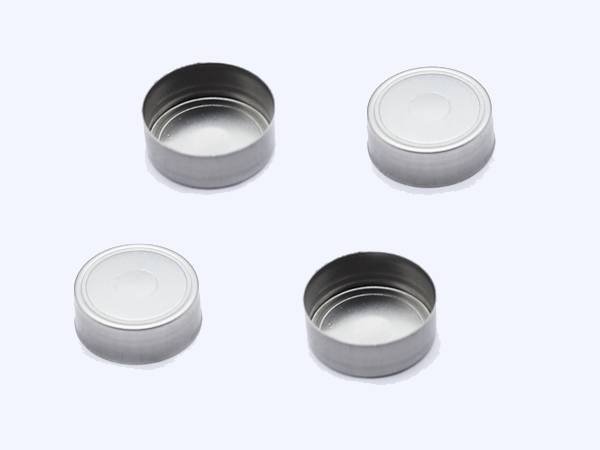
Considering the Bend Rating
When it comes to metal stamping, understanding the bend rating of a material is pivotal. The bend rating not only indicates the flexibility of the material but also has significant implications on product design. In this section, we will delve deep into how to evaluate a material’s bend rating and its influence on the final product.
Understanding Bend Rating
The bend rating of a material essentially tells you how flexible or rigid it is. Materials with a higher bend rating are more flexible, making them suitable for designs that require bending or shaping without breaking. Conversely, materials with a lower bend rating are more rigid and might be preferred for products that require a sturdy structure.
Implications on Product Design
The bend rating of a material can significantly influence the design of your product. For instance, a higher bend rating allows for more complex designs with intricate bends and curves. On the other hand, a lower bend rating might restrict the complexity of designs but offers greater structural integrity.
Testing and Measurement
To ensure that you are making an informed decision when selecting materials based on bend rating, it’s essential to understand the various tests and measurements that are commonly used in the industry to determine this rating. Here, we will introduce some of the standard methods:
- Bend Test: This is a simple test where the material is bent to observe the angle at which it starts to show signs of deformation or cracking. It helps in understanding the flexibility of the material.
- V-Notch Test: In this test, a V-notch is cut into the material, and then it is bent to observe the behavior at the notch. This test can provide insights into the material’s ductility.
- Guided Bend Test: This test is commonly used for weld materials. A specimen is placed in a jig and then bent to a specified angle to observe any signs of fractures or deformities.
- Reverse Bend Test: Here, the material is bent in one direction and then in the opposite direction to observe any signs of cracking or fatigue. It helps in understanding the material’s resilience.
- 3-Point Bend Test: In this test, the material is supported at two points, and a force is applied at a third point in the middle to observe the bending behavior. It can provide data on the material’s stiffness and yield strength.
Understanding these tests and what the results imply can be a significant step in making an informed decision. It allows you to select materials that not only meet the bend rating requirements but also align with the overall design and functionality of your product.

Exploring Finishing Options
Selecting the right material for your project is just the beginning. Different materials come with a variety of finishing options that can enhance the product’s aesthetics and functionality. In this section, we will guide you through the plethora of available choices, helping you select the finishing option that aligns perfectly with your project’s goals.
Understanding Different Finishing Options
Before diving into the selection process, it’s essential to understand the different finishing options available. Here are some commonly used finishing techniques:
- Powder Coating: A type of coating that is applied as a free-flowing, dry powder. It provides a durable and aesthetically pleasing surface.
- Anodizing: A process that increases the thickness of the natural oxide layer on the surface of metal parts, enhancing corrosion resistance and wear resistance.
- Plating: This involves coating the material with a thin layer of metal to improve corrosion resistance, wear resistance, and sometimes electrical conductivity.
- Polishing: A process to create a smooth and shiny surface by rubbing it or using a chemical action.
- Sandblasting: A method used to clean or etch a surface using a high-speed stream of abrasive material.
Selecting the Suitable Finishing Option
Choosing the right finishing option depends on various factors including the material type, the product’s intended use, and the desired appearance. We will delve into how to evaluate these factors and make an informed decision.
Cost Implications of Finishing Options
Different finishing options come with varying cost implications. We will discuss how to balance the benefits of a finishing option with its cost, helping you stay within your budget while achieving the desired results.
Consulting with Finishing Experts
If you’re unsure about which finishing option to choose, consulting with experts in the field can provide valuable insights. They can guide you to select the most suitable finishing option based on your project’s specific requirements.

Assessing Tensile Strength
In the realm of material selection, understanding the tensile strength is a cornerstone. It is a vital property that indicates the material’s resistance to breaking under tension, essentially determining how much force a material can withstand before it fails. In this section, we will guide you on how to assess the tensile strength of different materials, ensuring the longevity and reliability of your product.
Understanding Tensile Strength
Tensile strength, often referred to as ultimate tensile strength (UTS), is measured in terms of force per unit area (usually Megapascals or MPa). It is determined through a tensile test where a material sample is pulled from both ends until it breaks. The maximum stress it withstands before breaking is its tensile strength.
Factors Influencing Tensile Strength
Various factors can influence a material’s tensile strength, including its composition, manufacturing process, and treatment methods. Understanding these factors can help you select materials with the appropriate tensile strength for your project.
Tensile Strength and Material Selection
When selecting materials, considering the tensile strength is crucial. Materials with high tensile strength are typically used in applications where high resistance to breaking under tension is required, such as in the construction of bridges, aircraft, and machinery.
Testing Tensile Strength
To accurately assess the tensile strength of materials, several testing methods can be employed. These tests involve applying a gradually increasing load to a material sample and observing its behavior until it breaks. The results of these tests can provide valuable insights into the material’s suitability for your project.
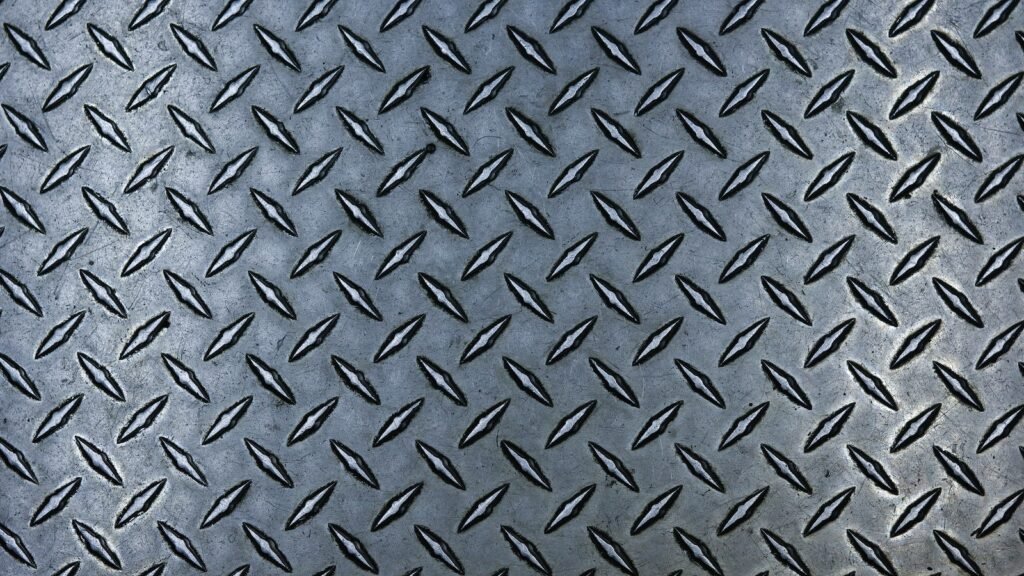
Understanding Weldability
In the process of material selection, evaluating the weldability of materials is a critical step, especially if your project involves joining pieces together to create a unified structure. Weldability refers to the material’s ability to be welded without developing defects such as cracks, porosity, or lack of fusion. In this section, we will delve into the various aspects to consider when evaluating a material’s weldability, guiding you to make an informed choice.
Defining Weldability
Weldability is a complex property that encompasses various factors including the material’s chemical composition, mechanical properties, and its behavior during the welding process. Understanding these factors can help you gauge the ease with which different materials can be welded, and the quality of the welds that can be achieved.
Factors Influencing Weldability
Several factors influence a material’s weldability. These include:
- Chemical Composition: Materials with similar chemical compositions are generally easier to weld together. The presence of certain elements can affect the welding process, either facilitating it or making it more challenging.
- Thermal Conductivity: Materials with high thermal conductivity can dissipate heat quickly, which might affect the welding process. Understanding the thermal properties of materials can help in selecting the appropriate welding techniques.
- Mechanical Properties: The mechanical properties of materials, such as tensile strength and ductility, can influence the weldability. Materials with similar mechanical properties are generally easier to weld together.
Welding Techniques and Material Selection
Selecting the right welding technique is pivotal in ensuring the success of your project. Different materials respond differently to various welding methods. Here, we will guide you through some of the prevalent welding techniques and how to choose the most suitable one based on the material’s properties.
- Arc Welding: This is a common welding method where an electric arc is used to melt the materials to be joined. It is suitable for a wide range of metals and is relatively cost-effective. However, it requires skilled operators and proper safety measures.
- MIG (Metal Inert Gas) Welding: This technique uses a wire feeding gun that feeds wire at an adjustable speed and flows an argon-based shielding gas or a mix of argon and carbon dioxide over the weld puddle to protect it from atmospheric contamination. It’s known for its versatility and is suitable for both thick and thin materials.
- TIG (Tungsten Inert Gas) Welding: TIG welding utilizes a non-consumable tungsten electrode to produce the weld. This method is known for producing high-quality welds but requires a higher skill level and is generally slower than other welding methods.
- Resistance Welding: This method uses the application of electric current and mechanical pressure to create a weld between two pieces of metal. It’s a quick process but is limited to certain materials and thicknesses.
- Laser Beam Welding: This modern welding technique uses a laser beam to create a weld. It is known for its precision and speed but can be more expensive than other welding methods.
When selecting a welding technique, consider the material’s properties such as its thermal conductivity, chemical composition, and mechanical properties. Consulting with a welding expert can also provide insights into selecting the best technique for your specific project.
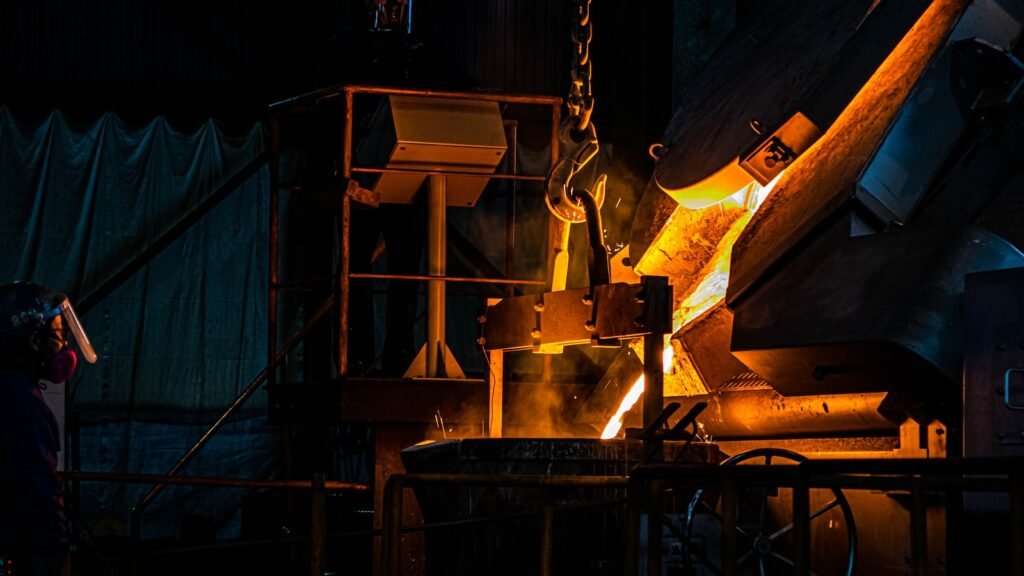
Analyzing Machinability
In the manufacturing sector, machinability stands as a critical factor that significantly influences the efficiency and quality of the production process. It refers to the ease with which a material can be cut, shaped, or finished using machine tools. In this section, we will delve deep into the various aspects of machinability, guiding you on how to choose materials with optimal machinability for your projects.
Understanding Machinability
Machinability is a complex property that is influenced by a material’s physical, chemical, and mechanical characteristics. It determines how easily a material can be removed or shaped using cutting or finishing tools without causing undue wear to the tools themselves.
Factors Influencing Machinability
Several factors can influence a material’s machinability, including:
- Hardness: Generally, materials with higher hardness levels are more difficult to machine. Understanding the hardness of materials can help you anticipate the challenges you might face during the machining process.
- Thermal Conductivity: Materials with higher thermal conductivity can dissipate heat more quickly, potentially affecting the machining process. It’s essential to consider the thermal properties of materials when planning the machining process.
- Microstructure: The microstructure of a material, including grain size and the presence of inclusions, can influence its machinability. Materials with a uniform microstructure are generally easier to machine.

Ductility and Formability
When it comes to selecting materials for metal stamping, understanding the concepts of ductility and formability is paramount. These properties can significantly influence the performance and quality of the final product. In this section, we will explore these concepts in depth, guiding you on how to make informed decisions when choosing metal stamping materials.
Understanding Ductility
Ductility refers to the ability of a material to deform under tensile stress without breaking or cracking. It is a measure of how a material can stretch, bend, or spread when subjected to force. Materials with high ductility can be drawn into thin wires or hammered into thin sheets without breaking, making them ideal for various manufacturing processes.
Understanding Formability
Formability, on the other hand, is a broader concept that encompasses several material properties, including ductility. It refers to the ability of a material to undergo plastic deformation without acquiring defects. Formability is crucial in manufacturing processes such as stamping, where materials are shaped into complex forms. A material’s formability can be influenced by its ductility, strength, and elasticity.
Factors Influencing Ductility and Formability
Several factors can influence the ductility and formability of materials, including:
- Chemical Composition: The chemical composition of a material can significantly influence its ductility and formability. For instance, the presence of certain alloying elements can enhance or reduce these properties.
- Grain Structure: The grain structure of a material, including the size and arrangement of grains, can affect its ductility and formability. Materials with fine grain structures often exhibit better ductility and formability compared to those with coarse grain structures.
- Temperature: The temperature at which the material is processed can also influence its ductility and formability. Generally, materials exhibit better ductility at higher temperatures.
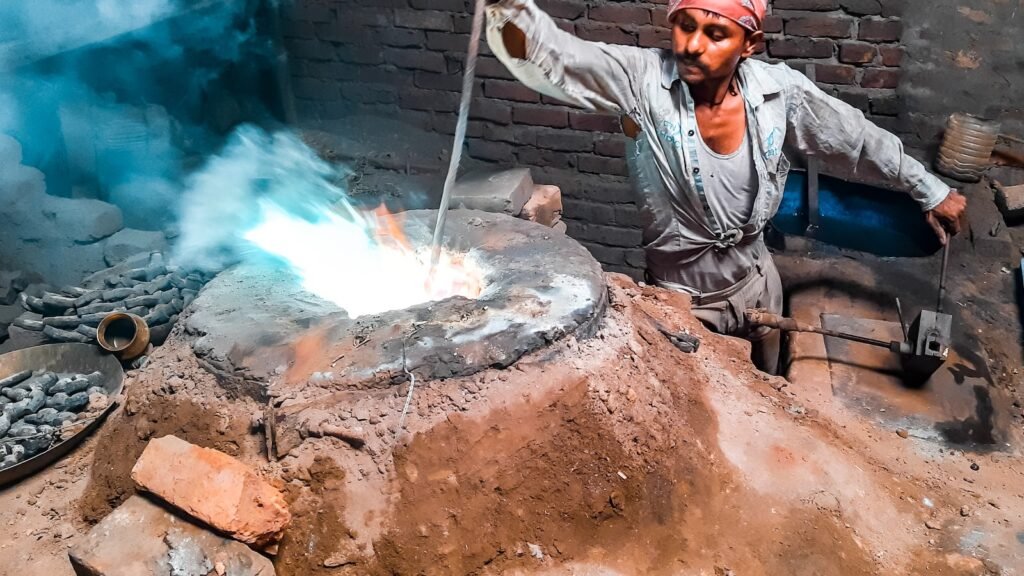
Conclusion
Choosing the right materials for metal stamping is a critical step that requires a comprehensive understanding of various material properties and their implications on the manufacturing process. In this guide, we have navigated through essential aspects such as application understanding, cost evaluation, bend rating consideration, and exploring finishing options, among others.
As you move forward in selecting materials for your project, keep in mind the goal is to find materials that align well with your project’s specific needs without sacrificing quality and efficiency. This guide aims to be a valuable resource in your journey, helping you make informed decisions that align with both your project requirements and budget constraints.
Feel free to refer back to this guide as necessary, using it as a reliable reference in your material selection process. Best of luck in your endeavors!




2 Responses